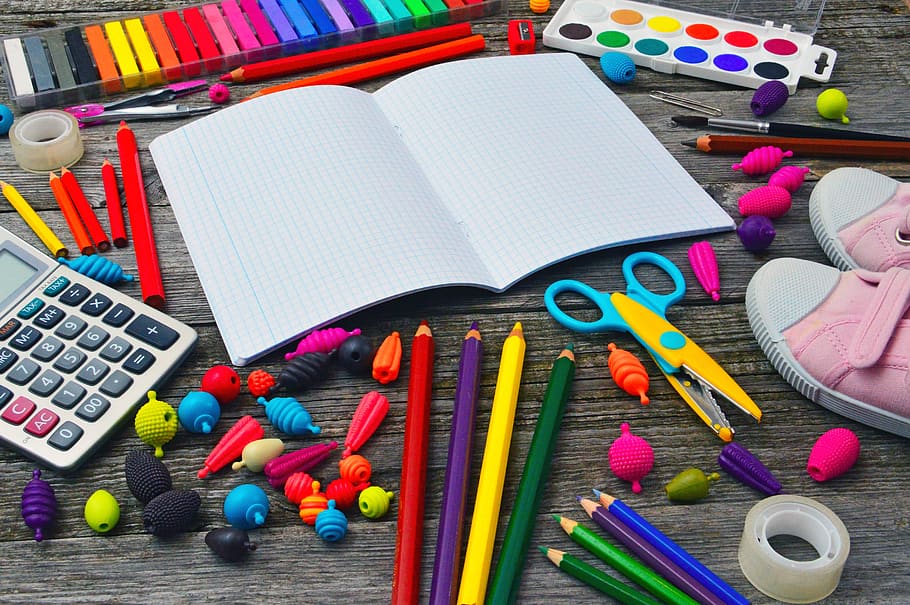Design Thinking: Matching Materials to Grade Levels

Design thinking involves a lot of prototyping and testing. Having the right materials makes a big difference in how well students are able to create and refine their ideas. In this blog post, we’ll help with matching materials to grade levels.
Kindergarten
For Kindergarten students, it’s important to choose materials that are easy to manipulate and shape. Some good options include play dough, pipe cleaners, and building blocks. These materials are easy to find. They can help young students get used to the idea of creating and testing out different designs. Additionally, natural materials like sticks, leaves, and flowers can also be incorporated into their prototypes. They are great for sensory experiences and can spark their creativity.
First Grade
As students move into first grade, they are generally more skilled at manipulating materials. They will benefit from having more complex materials at their disposal. In addition to the materials mentioned above, we recommend adding cardboard, paper, scissors, and glue. These materials are versatile and allow for a wider range of designs. At this age, they are also more likely to take on specific challenges, such as designing a new toy or creating a simple machine.
Second Grade
Second-grade students are ready to take on even more complex designs. Adding more advanced materials, in turn, can help them to create more sophisticated prototypes. We recommend adding recycled materials, like cardboard tubes, plastic bottles, and egg cartons. These materials are not only cheap but also provide students with different shapes and sizes to work with, and they can learn about repurposing these items. In addition to the materials mentioned above, adding tools like scissors, tape, and rulers can help them make more precise designs.
Third Grade
At this grade level, students can start to experiment with electrical and mechanical systems. They can use simple circuit materials like LED lights, batteries, and conductive tape to add some basic electronics to their designs. Other materials we recommend include cardboard, craft sticks, and rubber bands, which allow students to make complex and innovative designs. The use of digital tools and software can also help them to visualize their designs and create more sophisticated prototypes.
Fourth Grade
Fourth-grade students can take on more ambitious designs, including more challenging STEM concepts, like robotics and simple machines. We recommend adding materials, like motors, gears, and pulleys to allow them to experiment with these concepts. Materials like styrofoam and foam boards can help students create more stable structures. As they continue to design, they can use digital fabrication tools, like 3D printers and laser cutters to bring their designs to life.
Fifth Grade
Fifth-grade students are ready to tackle even more complex and interdisciplinary design challenges. They may want to work on designing functional objects, like furniture, musical instruments, or kinetic sculptures. This level may require more advanced materials, such as metal wire and other types of mechanical components. Additionally, using a variety of materials in combination such as wood, metal, fabrics, and plastics can help students create a diverse range of prototypes.
In Conclusion
Selecting the right materials for prototyping and testing is an essential part of the design thinking process in K-5 classrooms. Different materials have unique advantages and limitations, making it crucial to consider the grade level, design challenge, and learning objectives when choosing them. Teachers should also consider the accessibility, affordability, and safety of materials, as well as encourage students to be creative and resourceful in using materials to bring their ideas to life. By providing students with a variety of materials to experiment with, teachers can help foster innovation, collaboration, and critical thinking skills in their students, setting them up for success in the ever-changing world.
If you found this content helpful, you might enjoy this series of Imagineerz blog posts and check out Get Started with Design Thinking!


